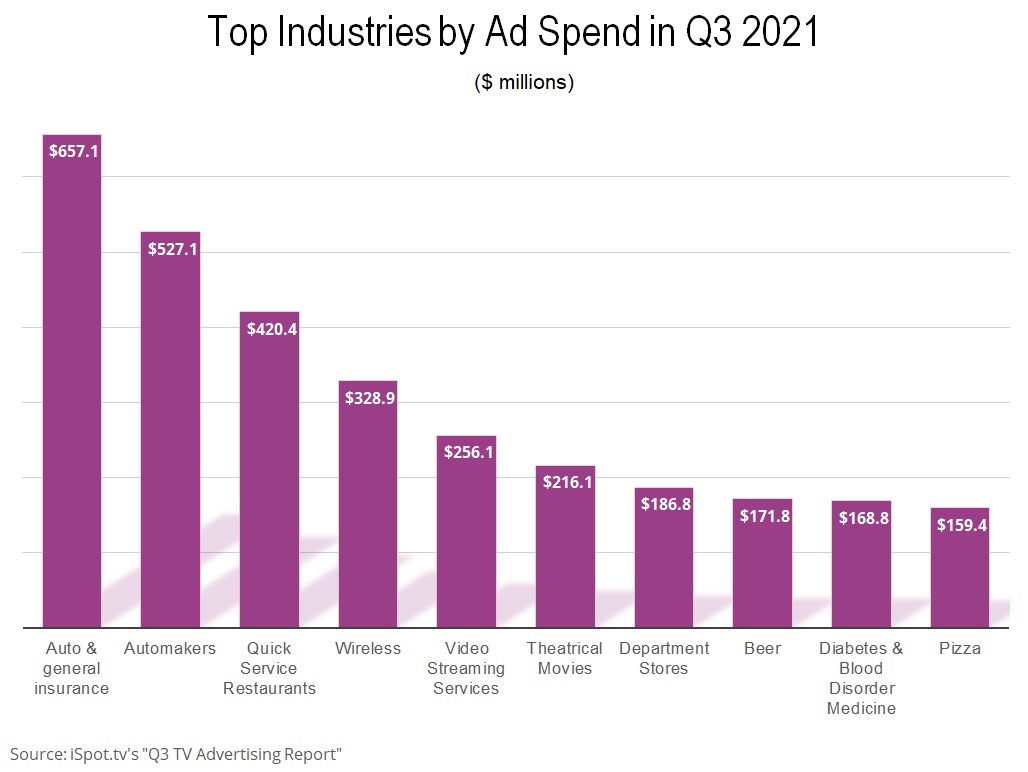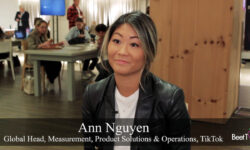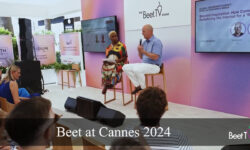The Olympic Games generate billions of dollars in advertising sales as one of the few events with a global audience. This year’s television coverage Winter Olympics is Beijing is noteworthy for its extensive distribution among streaming channels, reaching viewers on connected devices such as smart TVs.
Ad-measurement company iSpot.tv has been running tests with network NBC to measure viewership for the Olympics, the Super Bowl and the scatter market. The pilot program has observed a significant shift in viewing habits as many consumers spend more time with streaming platforms such as Peacock, NBCUniversal’s free ad-supported television (FAST) platform launched in 2020.
“The first thing that’s really new to this Olympics is that advertisers are getting true cross-screen, ad-first measurement that’s delivered to them in less than 48 hours, where historically they’ve been used to getting it after two weeks,” Sean Muller, chief executive of ad-measurement firm iSpot.tv, said in this interview with Beet.TV.
Lower Ad Load, Higher Completions
Olympics coverage on many nights has 36% fewer ads than are carried on other simultaneous programming, iSpot.tv has found. The lower ad load helps sponsors to stand out with their paid-media campaigns. The firm has seen ad-completion rates during the Olympics of 98.6%, which is higher than the benchmark.
“Advertisers now know the exact delivery of audiences for their ads,” Muller said. “They know it with speed. They understand the value from an ad-load perspective and a clutter perspective and the environment they’re in. They’re also understanding the quality of the content and the relevance of their ads to the content by virtue of the completion rates.”
In its work with NBCUniversal, iSpot.tv found that 150 million people watched Super Bowl LVI on TV and streaming platforms. more than 70% of the 15.5 million total viewers who streamed the game were “cord cutters,” or people who had canceled cable or satellite TV service.
Looking ahead, Muller said he foresees significant improvements in providing marketers with more granular data about audiences and their viewing habits. This information will help to make their campaigns more efficient while improving the viewer experience as people see more relevant ads. Whether consumers are viewing video through a set-top box, an over-the-air (OTA) antenna or a streaming device like a Roku stick, advertisers will have more information to help with their media-buying strategies.
“There’s just a lot of innovations happening right now and we’re moving into a whole new world, now, where there’s probably going to be multiple companies that are providing measurement and currency,” Muller said. “Lots of exciting innovations are ahead. This is the most exciting time right now in our industry.”















































